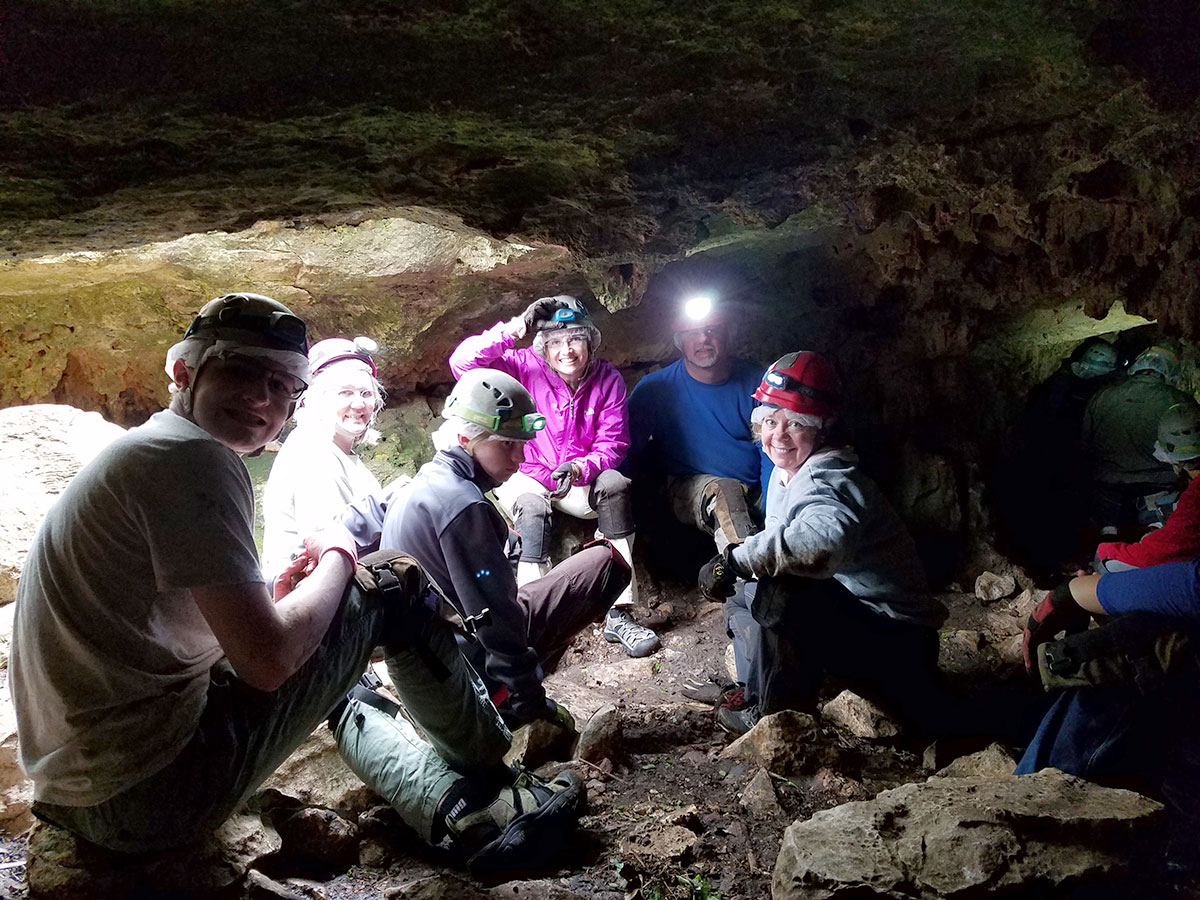Aquifer
District Declares Stage II Alarm Drought
The
District’s Board of Directors declared Stage II Alarm Drought at the July 12th
Board Meeting. The 10-day average
discharge at Barton Springs, one of the District’s two drought trigger sites, has
passed below the Stage II Alarm Drought threshold of 38 cubic feet per second. Lovelady
monitor well, the District’s second drought-trigger site, is less than 1 foot
above its drought threshold (water level elevation of 478.4 feet above mean sea
level). Only one of the two drought stage triggers
needs to be reached for a drought declaration to be made.
The
last groundwater drought declaration ended on January 30, 2015—over 3 years ago. Recharge associated with years of above
average rainfall has helped maintain water levels in the area aquifers until
recently. Since May of this year, both
flow at Barton Springs and the water level at the Lovelady monitor well have
been declining. Recent rainfall has not generated
the runoff needed to sustain creek flow in the creeks and rivers that recharge
the aquifers.
Declaration
of Stage II Alarm Drought requires all District’s permittees to implement mandatory
measures specified in their User Drought Contingency Plans to meet monthly
pumpage reduction requirements. All
permittees must achieve at least a 20% reduction in monthly pumpage. Permittees with conditional permits have to
reduce use even further. End-user
customers served by water utilities on groundwater wells are required to comply
with their utility’s water use restrictions for this drought stage. Generally, restricting outdoor water use,
including limiting landscape irrigation, pool filling & refilling, and
non-essential water use such as water fountains, is sufficient to reach monthly
pumpage targets for Stage II Alarm Drought. August will be the first full month of
declared drought, and therefore, it will be the first month of compliance
assessments for drought curtailments.
Talking Points for Approaching Stage II Alarm Drought Talking Points
·
How close
are drought triggers to Stage II Alarm Drought thresholds? (last updated 7/15/18)
o
Barton Springs 10-day average discharge has
crossed below the drought trigger threshold of 38 cfs.
o
The water level in the Lovelady Monitor Well is
less than 2 feet above the Stage II Alarm Drought threshold (478.4 feet above
mean sea level). It is expected to cross
its threshold in the coming week.
o
Only one drought trigger below its threshold
required to enter into drought.
·
What does
Stage II Alarm Drought mean for homeowners?
o
Water utilities using groundwater are required
to cut back their monthly pumping by at least 20%.
o
Consequently, all end users that get their water
from groundwater will have to reduce their water use.
o
Check your water bill for monthly water
use—should be below 4,000 gallons a person.
o
Restrict outdoor watering. Follow your water utility’s watering
restrictions.
·
What is
the weather outlook for the next few months? (last
updated 6/28/18)
o
Discharge and water levels are in steady
decline; it will take consistent rainfall to saturate the soils to allow runoff
to fill creeks. We need enough rainfall
so creeks flow consistently for a few weeks—preferably a few months—since the
majority of the recharge to the aquifer comes when creeks flow across the
recharge zone.
·
Where
should people go to find out more information?
o
Our website…
www.bseacd.org or google ‘Barton
Springs Aquifer District’.
·
What is
the drought response from other area water agencies (updated 7/15/18)?
Edwards Aquifer Authority:
o
San Antonio Pool under Stage 2 restrictions (30%
curtailment) based on 10-day average values
for J-17 (current reading: 642.7msl; Stage 3 threshold 640msl, Stage 4 threshold
630msl). Comal Springs flow is currently
194 cfs, the threshold level for Stage 2 is 200, Stage III is 150. San Marcos Springs is at 131cfs, which is
well above the 80cfs Stage 2 trigger level.
City of Austin:
o
Follows LCRA drought triggers (see next
section).
City of San Marcos
o
Stage 2 Water Restrictions went into effect on
6/17/2018 (lawn irrigation limited to 1 day per week)
Lower Colorado River
Authority:
o
Currently no declared drought.
o
Water storage in Lakes Travis and Buchanan are currently
at 75% full (1,509,032 acre feet, 7/15/2018).
Check real time
Lake
Volumes.
o
When lakes reach 900,000 acre feet, firm water
customers required to reduce water use by 10-20%, and LCRA starts curtailment
of interruptible permits and environmental flow allocations.
Guadalupe-Blanco River
Authority:
o
Currently no declared drought.
Hays-Trinity Groundwater Conservation
District:
o
Drought Stage 2, Alarm declared on June 28, 2018
o
20% curtailment of pumping






